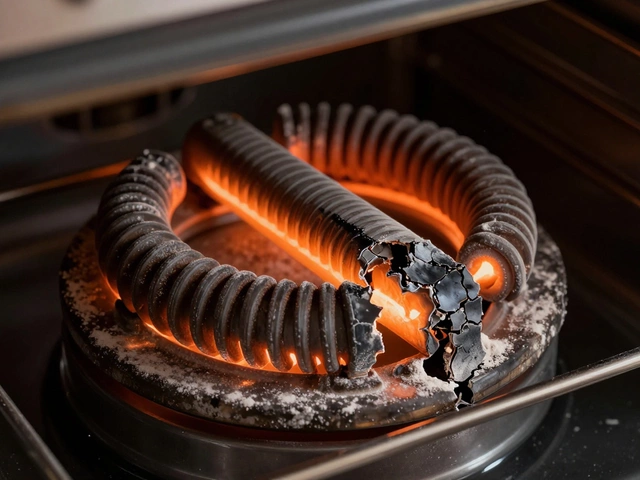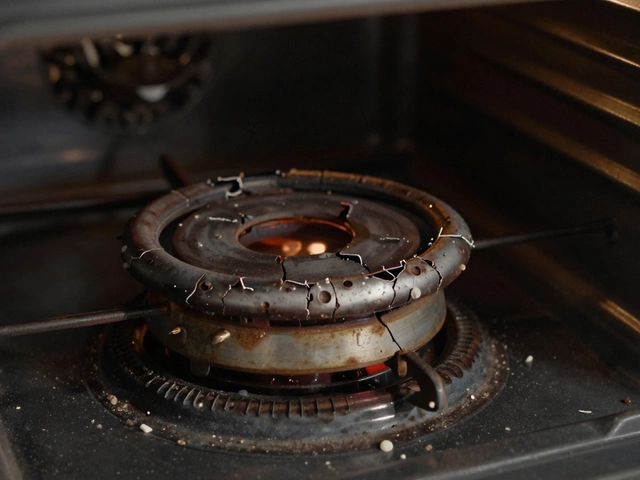Cold showers are the worst, right? Before you pick up the phone, try a few easy fixes you can do yourself. Most water heater problems are small – a tripped reset button, a clogged tank, or a faulty thermostat. With the right tools and a bit of caution, you can get your heater back in shape and save a call to a technician.
First, figure out what’s wrong. If the water isn’t heating at all, check the reset button on the thermostat. It’s usually a red square near the control knob. Press it firmly; if it pops back out, the heater has reset and you should be good for a few weeks. If it trips again, the element might be failing.
Next, listen for any strange noises. A rumbling sound often means sediment has built up at the bottom of the tank. Sediment reduces efficiency and can overheat the heating element. Flushing the tank is a simple, mess‑free job: turn off power or gas, attach a garden hose to the drain valve, and let the water run until it’s clear.
Temperature issues are usually thermostat‑related. Most heaters have two thermostats – a high‑limit and a regular control. If the water is lukewarm, raise the thermostat a couple of degrees and see if it improves. Too hot water can be dangerous, so keep the setting between 120°F‑130°F (49°C‑54°C).
Finally, watch the pilot light if you have a gas heater. A flickering or out pilot means the thermocouple might need cleaning or replacement. Turn the gas off, clean the pilot area with a soft brush, and relight following the manufacturer’s steps.
Keeping your heater in shape costs less than fixing a major breakdown. Schedule a short flush every six months, especially if you have hard water. Use a water softener if sediment is a constant problem – it’s cheaper than replacing the whole unit.
Check the anode rod annually. This metal rod attracts corrosion, protecting the tank inside. If it’s heavily corroded, replace it; a new rod can add 5‑10 years to your heater’s life. Most rods screw in from the top of the tank, so you just need a wrench and a fresh rod from a local hardware store.
Don’t forget the safety valve. Lift the lever briefly to make sure water drains out. If it doesn’t, the valve could be stuck and needs replacement.
By tackling these small tasks, you’ll avoid most emergencies and keep hot water flowing. If you ever feel unsure – especially with gas components – it’s safer to call a qualified technician. But for most electric or gas heaters, a bit of DIY can save you time, money, and a cold shower.

Learn fast DIY steps to diagnose and fix a non‑working water heater, plus safety tips, maintenance advice, and when to call a professional.

Thinking of fixing your own water heater? Learn when DIY is safe, common problems, money-saving tips, and when to call a pro.

Discover how to ensure your water heater is in proper working condition with this detailed guide. Learn to identify signs of malfunction, perform essential maintenance tasks, and understand common issues that may arise. Whether it's electric or gas, having a reliable water heater is crucial for every home. Keep your heater running smoothly with practical and safety-focused advice.

Learn how to tell if your oven element is blown by checking for visible damage, testing with a multimeter, and observing oven behavior. Most oven heating issues are simple fixes.

If your oven won't heat up, it's usually a simple fix-like a broken element, faulty thermostat, or blown fuse. Learn the most common causes and how to diagnose them yourself before calling a repair technician.

A reliable heat pump is essential for maintaining comfort in your home. Some signs indicate that your heat pump might need replacing, such as increased energy bills, inconsistent temperatures, strange noises, old age, and frequent repairs. Understanding these warning signs can help you decide if it's time to invest in a new system.

Discover what causes heat pumps to break down, the warning signs, and how to keep yours running smoothly with practical tips for any homeowner.